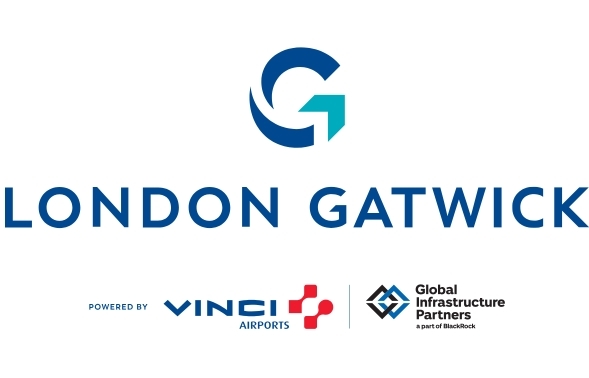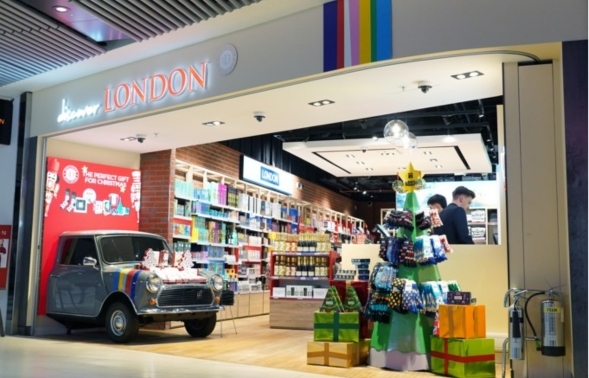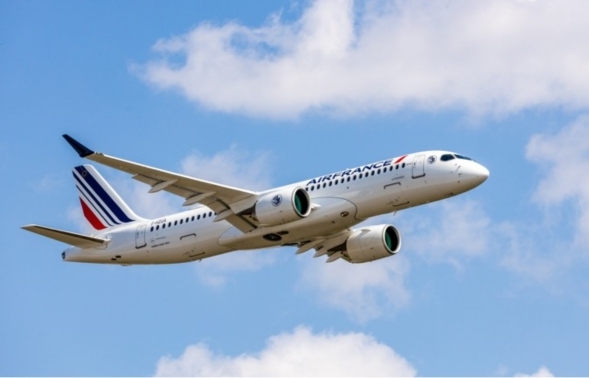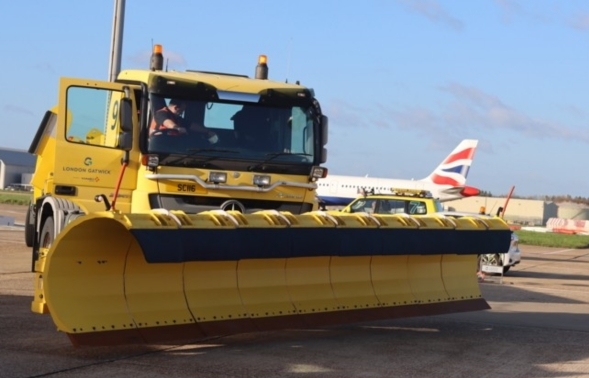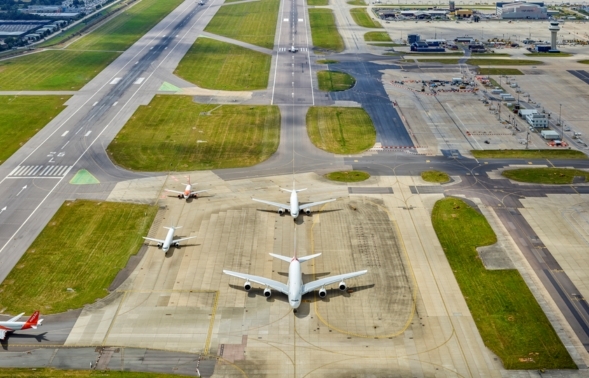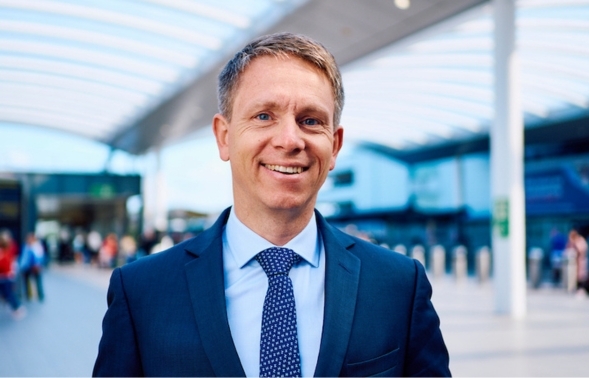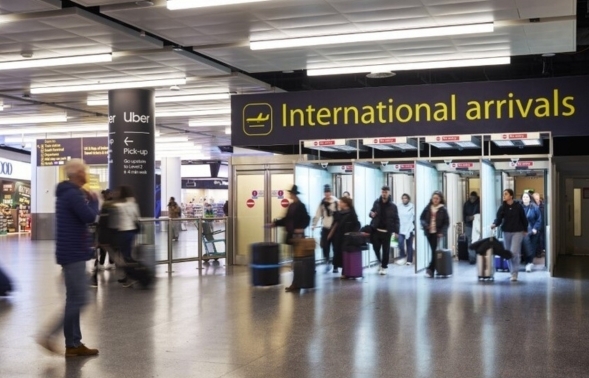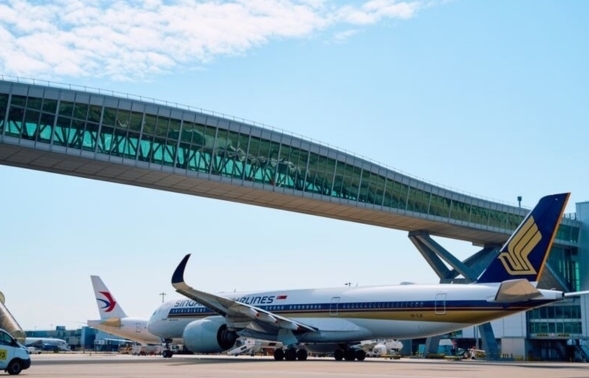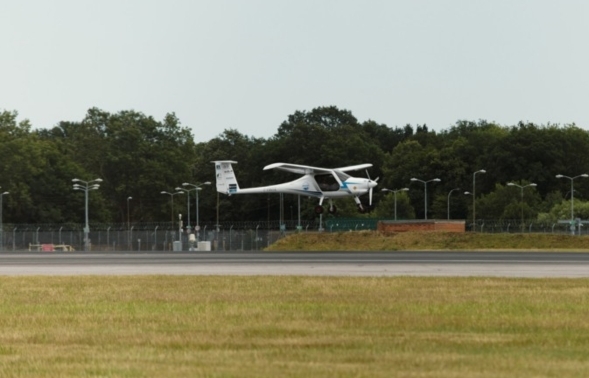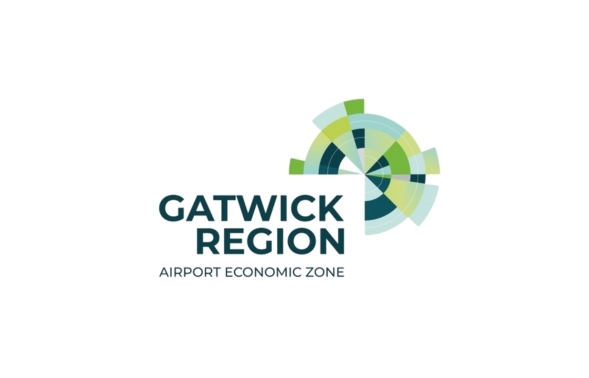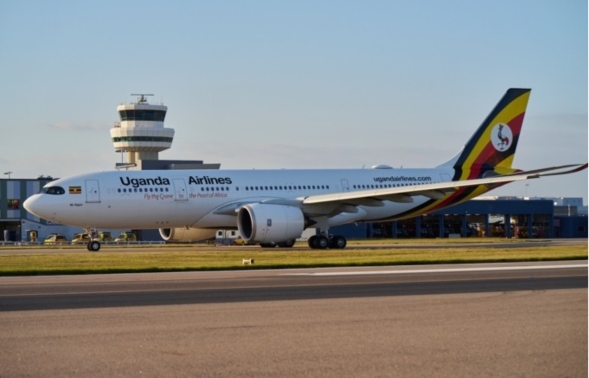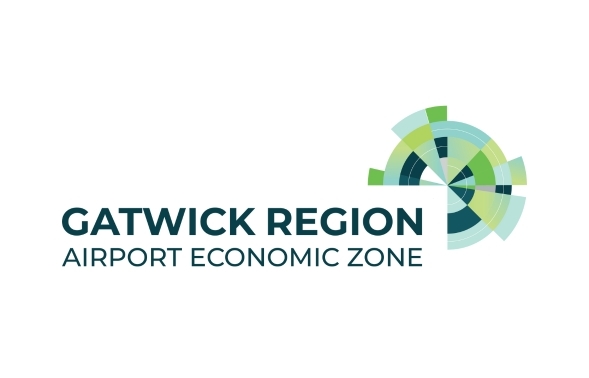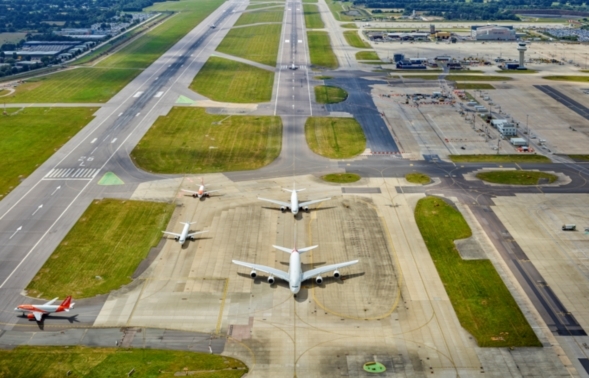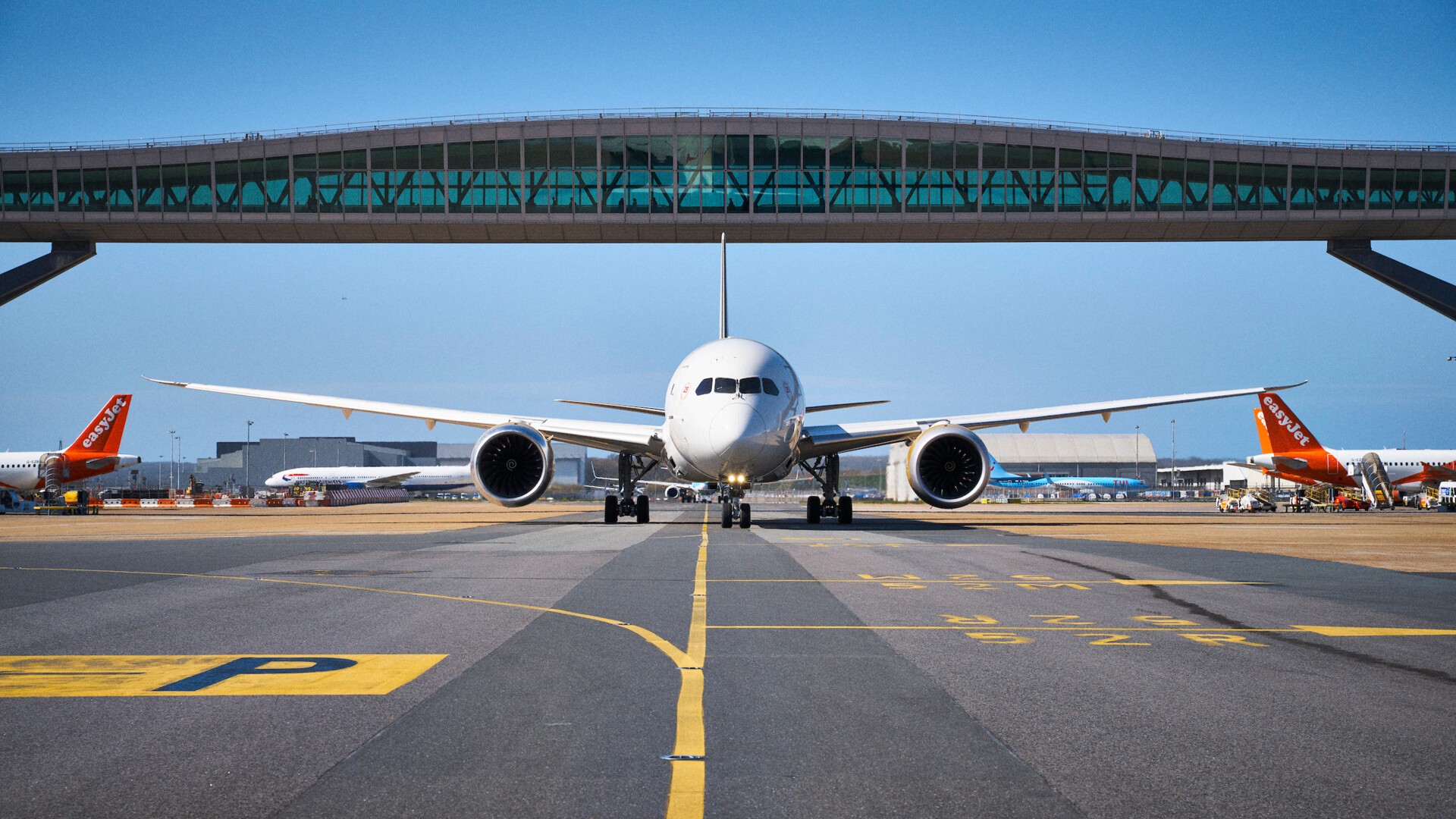
- Airport delivers for passengers with significantly improved on-time performance, 100% of service standards met and the top CAA rating for its special assistance services
- Airport leadership optimistic its £2.2bn privately financed Northern Runway plan will be approved, unlocking 14,000 new jobs and an additional £1bn in economic benefits every year
- More airlines fly from London Gatwick than ever before, as airport supports UK trade with more than 50 long haul flights a week to the Middle East, 39 to Africa and 36 to China
The results come just ahead of a critical Government decision on the airport’s Northern Runway planning application, following the Secretary of State for Transport’s letter in February stating she was ‘minded to grant consent’ for the airport’s plans. A final decision is expected by 27 October.
Stewart Wingate, London Gatwick Chief Executive, said: “The critical final decision on our Northern Runway plans is just weeks away and follows a rigorous and lengthy planning process. I remain optimistic the Secretary of State will approve our privately financed, shovel-ready plans to unlock further growth for London Gatwick and the UK economy, generating new job, trade and tourism opportunities for generations to come”.
Interim results include:
- 20m passengers used the airport in first half of year
- At £491m, revenue was up on same period last year, driven by growth in airport, traffic and property charges
- Profit was also up at £129m, with EBITDA at £262m
Great service, as investment continues to upgrade the airport
Passengers received great service, as the airport significantly improved its on-time performance (75%)1, following excellent collaboration with airline partners and National Air Traffic Services (NATS). The airport also hit 100% of its agreed service metrics, getting passengers through security in five minutes or less 98% of the time, following a £60m investment to become fully compliant with the Department for Transport mandate to install next generation security screening technology. The airport’s special assistance service also received the top CAA rating in June.
The UK’s Civil Aviation Authority accepted London Gatwick’s proposal to extend the current ‘Commitments’ regulatory framework until 31 March 2029 and considered that it represents the interests of consumers. The proposal also demonstrates the airport’s strong collaboration with airlines, allowing them to plan and grow for the future.
A £7m investment to refurbish the South Terminal and enhance the departure lounge experience for passengers is nearing completion, and a new 3000 space, mid-stay multi-storey car park now provides passengers with convenient access to the North Terminal.
Supporting economic growth
More airlines (58) are flying from the airport than ever before, as a growing long haul network continues to provide the UK with a gateway to global trading markets, including more than 50 long haul flights a week to the Middle East, 39 to Africa and 36 to China. These include the UK’s only direct connections to emerging markets in Uganda and Kenya, with Wizz Air’s new XLR aircraft providing low cost, long-haul services to Jeddah and Medinah. The airport also launched and is leading development of the UK’s first ‘airport economic zone’ to stimulate growth across a region representing 7% of the UK economy (£155bn).
Innovating to improve efficiency and sustainability
London Gatwick became the world’s first single-runway airport to adopt NATS’ new Intelligent Approach innovation. The system dynamically and safely separates aircraft by time, rather than using set distances, and is forecast to increase resilience, reduce delays, and cut carbon emissions. The airport also demonstrated its ongoing commitment to decarbonising the aviation sector by issuing a second sustainability-linked bond to the markets, based on achieving two carbon reduction targets2.
A new contract with a specialist renewable energy provider will also advance the airport’s ambitious £250m net zero programme by decarbonising heating and eliminating natural gas in 50 airport buildings, including the North and South terminals. The first 47 out of what will be a 300-strong EV fleet were also delivered during the period, alongside a £14m investment in 14 electric buses.
